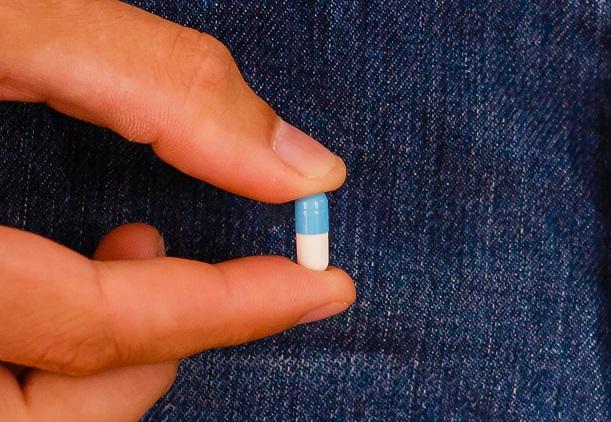Off-Label Underdosing of DOACs Tied to Worse Outcomes in A-fib Patients
Fear of bleeding that drives lower dosing has origins in the warfarin era, but that’s not relevant for the newer agents, one expert says.

HONOLULU, HI—Use of a dose lower than what is indicated on the label is common in patients with atrial fibrillation taking direct oral anticoagulants (DOACs), and the practice may worsen outcomes without achieving any safety benefits, new data from Israel show.
Patients who were underdosed without a label-recommended reason carried a greater risk of stroke, MI, or all-cause mortality compared with those who were eligible for and received a standard dose (HR 1.38; 95% CI 1.13-1.69), Ronen Arbel, PhD (Sapir College, Sderot, Israel), reported here at the International Stroke Conference.
Use of a reduced dose in an off-label fashion did not reduce bleeding—which is purportedly the reason for doing so in many cases—and, in fact, there was a nonsignificant trend toward more bleeding requiring hospitalization in that group (HR 1.34; 95% CI 0.92-1.95).
“We think compliance with per-label dosage may significantly improve outcomes of A-fib patients,” Arbel said, adding that his team plans to advocate for a program in Israel aimed at improving compliance to approved DOAC labels.
Misdosing of DOACs has been shown to be common in other studies as well, and using a lower-than-indicated dose has been associated with a greater risk of CV hospitalization, without a relationship with bleeding risk.
To further explore the potential impact of underdosing in patients receiving DOACs, Arbel and colleagues examined the database of Clalit Health Services, Israel’s largest health maintenance organization serving about 4.5 million patients. The analysis included 5,833 patients with newly diagnosed nonvalvular A-fib who had a CHADS2 score of at least 2 and were started on a DOAC between 2011 and 2016.
Overall, 42% received an off-label, reduced dose. Through a mean follow-up of 23 months, those patients had higher unadjusted rates of stroke, MI, or all-cause mortality (18.6% vs 8.4%) and bleeding requiring hospitalization (3.2% vs 2.0%) compared with patients treated with a standard dose.
There were substantial differences in patient characteristics between groups, and after adjusting for those, the researchers found that the difference in effectiveness remained, without a significant difference in bleeding.
‘Doctors Shouldn’t Be Underdosing’
In a question-and-answer session after Arbel’s presentation, George Howard, DrPH (University of Alabama at Birmingham), highlighted the fact that adjustment for confounders had a large effect on attenuating the relationship between underdosing and worse clinical outcomes, reducing the hazard ratio from 2.43 to 1.38. That raises a question about whether adjustment for only a few additional factors could eliminate the difference, Howard said. “I was wondering if you might want to be a little bit cautious about that.”
Arbel acknowledged that the potential for residual confounding was one of the limitations of the analysis, pointing out, however, that performing a randomized controlled trial to test this question would be unethical. Better data may come from the prospective effort to improve compliance to on-label dosing, he added.
Speaking with TCTMD, J. David Spence, MD (Robarts Research Institute, London, Canada), said the fear of bleeding driving many of the decisions to use a lower-than-indicated DOAC dose stems from the warfarin era, when bleeding after initiation of anticoagulation was more common.
“Doctors are very afraid of causing bleeding with anticoagulants and in light of that fear there’s a tendency to underdose,” Spence said. “And I think the other thing that happens is people come in complaining of bruising, nosebleeds, and that probably leads to underdosing.”
Such concerns about bleeding are overblown, though, because there are studies showing that DOACs are not more likely than aspirin to cause severe bleeding, said Spence, who had a simple take-home message from the new data: “Doctors shouldn’t be underdosing.”
Todd Neale is the Associate News Editor for TCTMD and a Senior Medical Journalist. He got his start in journalism at …
Read Full BioSources
Arbel R. Direct oral anticoagulant underdosing increases rates of mortality, stroke, and myocardial infarction with no reduction in bleeding rate. Presented at: ISC 2019. February 6, 2019. Honolulu, HI.
Disclosures
- Arbel reports no relevant conflicts of interest.


Comments